
NASA has announced that the Parker Solar Probe, launched by NASA 3 years ago, has passed through the Sun’s corona. This is considered to be the most serious success of the famous man’s mission to the moon during the famous Apollo 11 mission. A man-made spacecraft was flagged off with the help of modern science and technology on the face of the sun, which humans believe will never reach. The spacecraft passed through it in April, but only now has NASA been able to confirm it. The spacecraft is currently traveling at a speed of five lakh kilometers per hour.
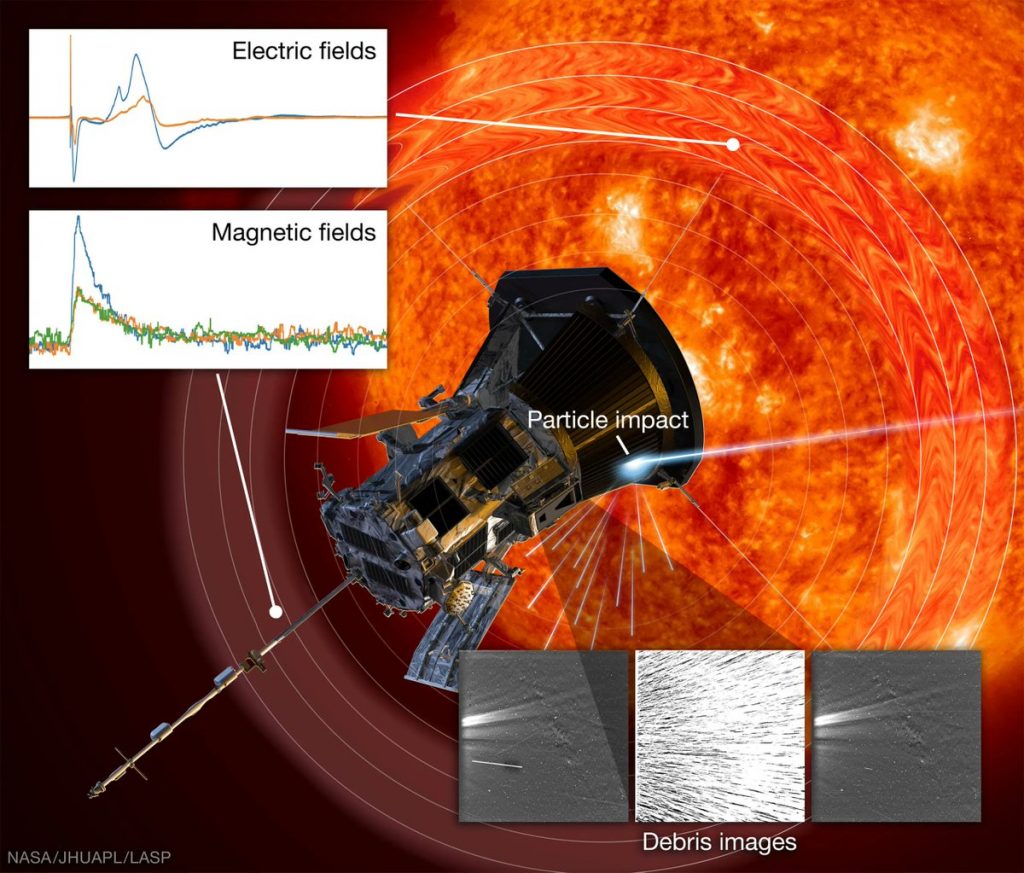
Nicola Fox, head of NASA’s heliophysics division, said that by validating the impossible mission of touching the sun, mankind would make a huge leap in the study of stars. The Parker Solar Probe is considered to be the most challenging mission NASA has ever undertaken. Not finished, this is just the beginning. In 2025, the mission will be closest to the Sun. The mission will then travel at a speed of 690,000 kilometers per hour. Parker will then reach a distance of 70 million kilometers from the solar system.

The $ 1.5 billion mission was launched on August 12, 2018. The mission is named after Eugene Parker, a professor at the University of Chicago and a leading physicist.
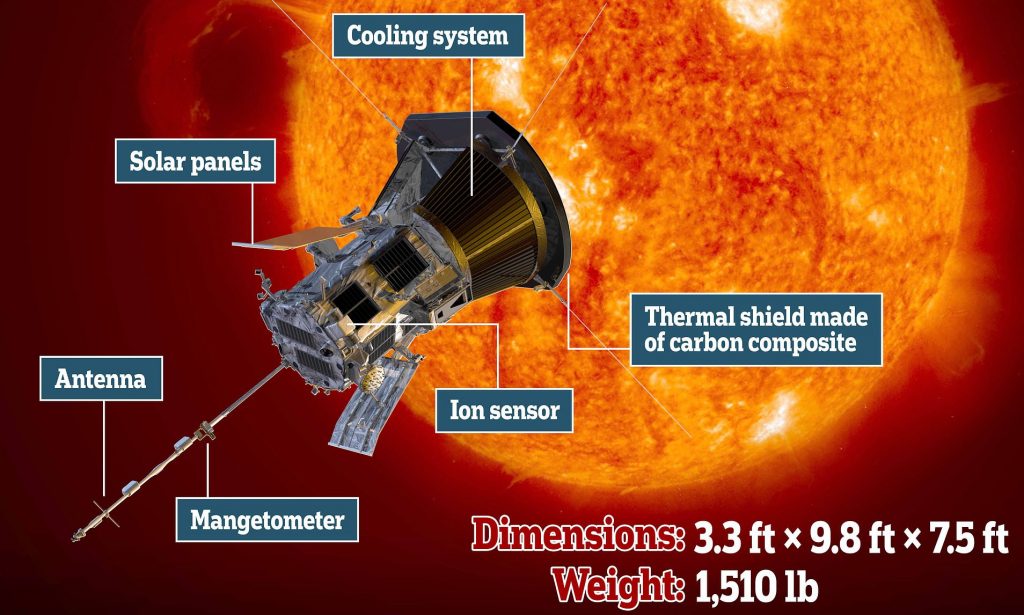
In April of this year, Parker overtook part of the Alfven Critical Boundary. This is the boundary of the solar atmosphere. NASA says Parker has entered the solar system three times.
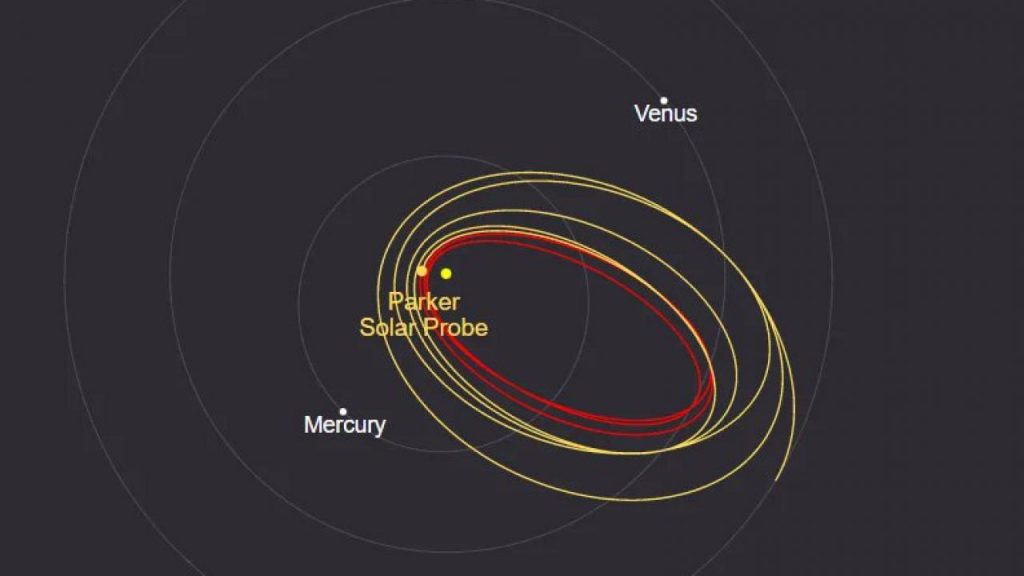
The main task assigned to Parker is to evaluate the structure and characteristics of the Sun’s corona and magnetic field. The spacecraft’s exterior is made using special carbon composites to withstand extreme temperatures and challenging atmospheres. The spacecraft is capable of withstanding temperatures up to 1270 degrees Celsius. It is hoped that Parker will answer questions that are still unclear to the scientific community, such as the temperature of the Sun’s corona and how the solar wind forms.
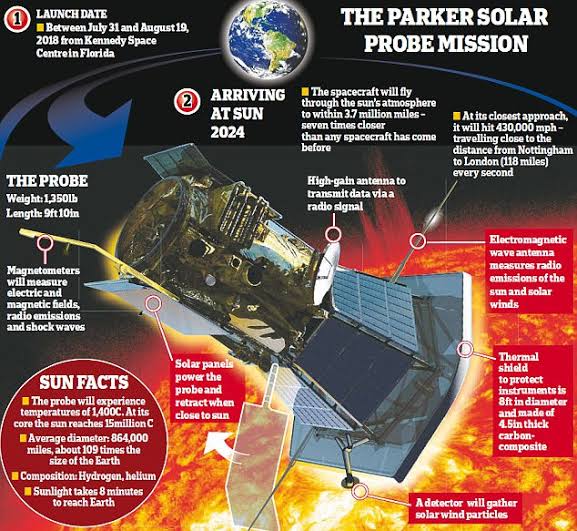



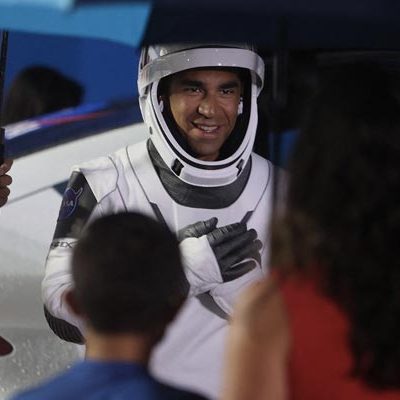
Recent Comments